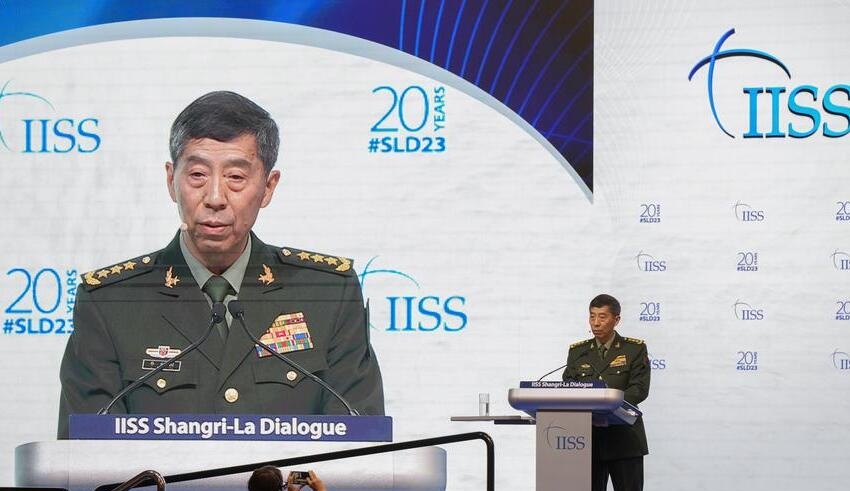
In a concerning development, the Chinese military has heightened tensions in the volatile Taiwan Strait by aggressively buzzing an American warship. The incident has raised concerns over potential conflict and its implications for regional stability.
According to reports, the U.S. warship was conducting a routine transit through the Taiwan Strait when it was approached by several Chinese fighter jets and naval vessels. The Chinese military’s provocative actions included multiple low-altitude flybys and dangerously close maneuvers near the American vessel.
The incident has further strained the already complex relationship between China, the United States, and Taiwan. The Taiwan Strait has long been a contentious area, with China considering Taiwan a part of its territory and asserting its sovereignty over the region. The United States, on the other hand, has consistently supported Taiwan and maintained a policy of freedom of navigation in the area.
Keep Reading
The buzzing incident has sparked concerns among experts and policymakers about the potential for a miscalculation or unintended escalation. Given the high tensions in the region, any misstep or provocative action has the potential to trigger a dangerous chain of events. This incident serves as a reminder of the delicate balance that must be maintained to ensure peace and stability in the Taiwan Strait.
The United States has condemned the Chinese military’s actions, labeling them as unsafe and unprofessional. Calls for restraint and de-escalation have echoed from various international actors, emphasizing the importance of diplomatic channels to address disputes and prevent further incidents.
This recent incident adds to the ongoing challenges faced by the international community in managing the complex dynamics of the Taiwan Strait. As tensions persist, the delicate balance between competing interests will require careful navigation and strategic diplomacy to avoid the outbreak of a larger conflict.



























